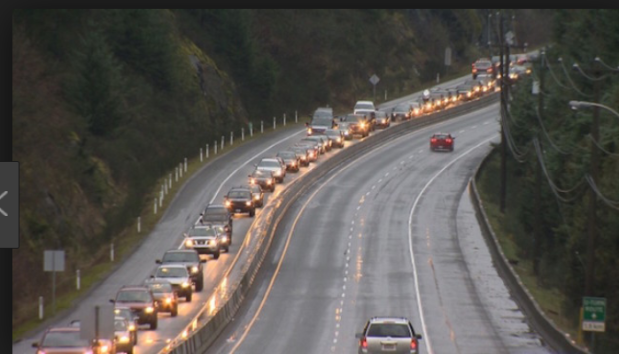
– Eric Britton, Paris. Update of 31 October 2018
Why a Watching Brief for Penang?
On 23 November 2013 I submitted the final report and recommendations to close out the first stage of my planned work as an invited adviser and critic of Penang’s transportation strategy, plans and procedures. (See the Mission statement at https://sustainablepenang.wordpress.com/the-mission/ ) The report was intended as a working draft for wide distribution and vigorous critical discussion in the following months. It was entitled:
Phase 1 Report, Brainstorming and Policy Recommendations
You can access the full advisory report here – http://bit.ly/2IqZ0PO
HOLD IT! Expected next stage not engaged. What happened?
When the report and its recommendations were apparently set aside and entirely ignored — as had been the fate of the excellent, highly professional reports and recommendations of the Halcrow Transport Group — I decided not to let it ride and instead of turning my back on this highly dangerous “Master Plan” project chose to set up a public “Watching Brief on Sustainable Transport in Penang” . The objective of the brief is to follow and report to a wide international audience on the continuing see-saw battle between an obstinate under-qualified state government consortium and powerful lobby with a closed-door multi-billion dollar “Big Bang” (their words) program of massive infrastructure expansion, almost all parts of which would in good time succeed only in making what is already a bad situation (mainly nothing more fearful than a plain-vanilla peak hour congestion problem) significantly worse.
After noting the resounding silence in Penang as far as my analysis and recommendations were concerned, my option was to cash the client’s check, do nothing and forget Penang. Or perhaps to set up something along the lines of an independent . . .
Watching Brief on Penang’s evolving transport situation and disputes
The goal of this internet platform and associated social media sites then is to support legitimate sustainable transport initiatives, critical thinking, open discussions, new ideas, consistent policy, fruitful alliances and fact-oriented discussion and anything else that might help advance the public’s understanding of the New Mobility Agenda in Penang. The watching brief also keeps a careful eye open to identify, feed and encourage public discussion of what are almost surely in this case poor science, bad ideas, absurd proposals and ad hoc initiatives which violate the basic precepts of the sustainability agenda.
A watching brief is a continuous, independent, and in this case open collaborative monitoring activity of progress and problems taking place in a specific sector or area. It takes a arms-length vision of the focus area and in this case is made broadly available to the public and all involved as a tool in support of Civil Society in Penang.
Continue reading →

















